Disphyma crassifolium ssp. clavellatum
Aizoaceae
Rounded Pig-face,
Round-leaf Pigface,
Rounded Noon-flower
Display all 14 images
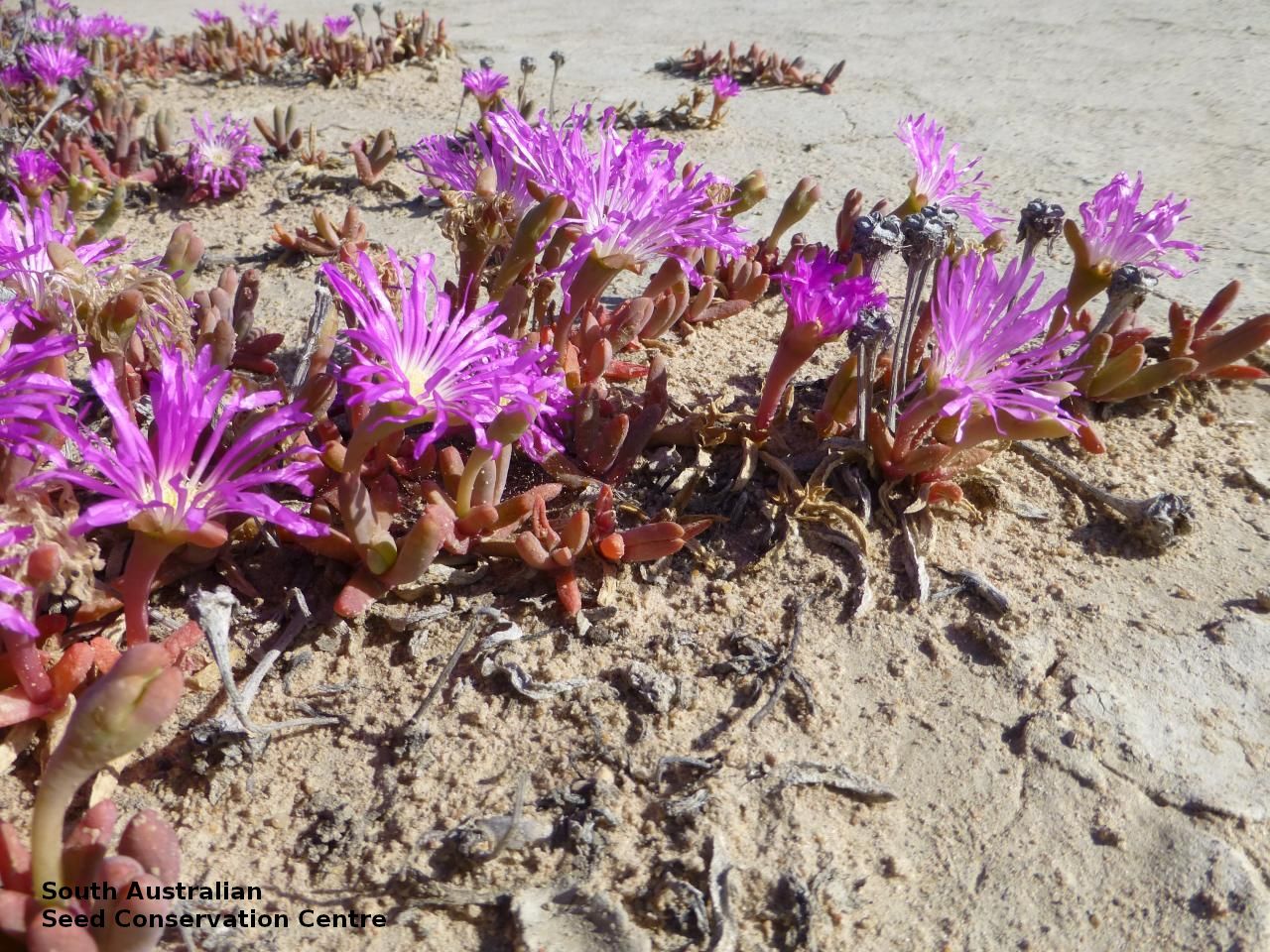
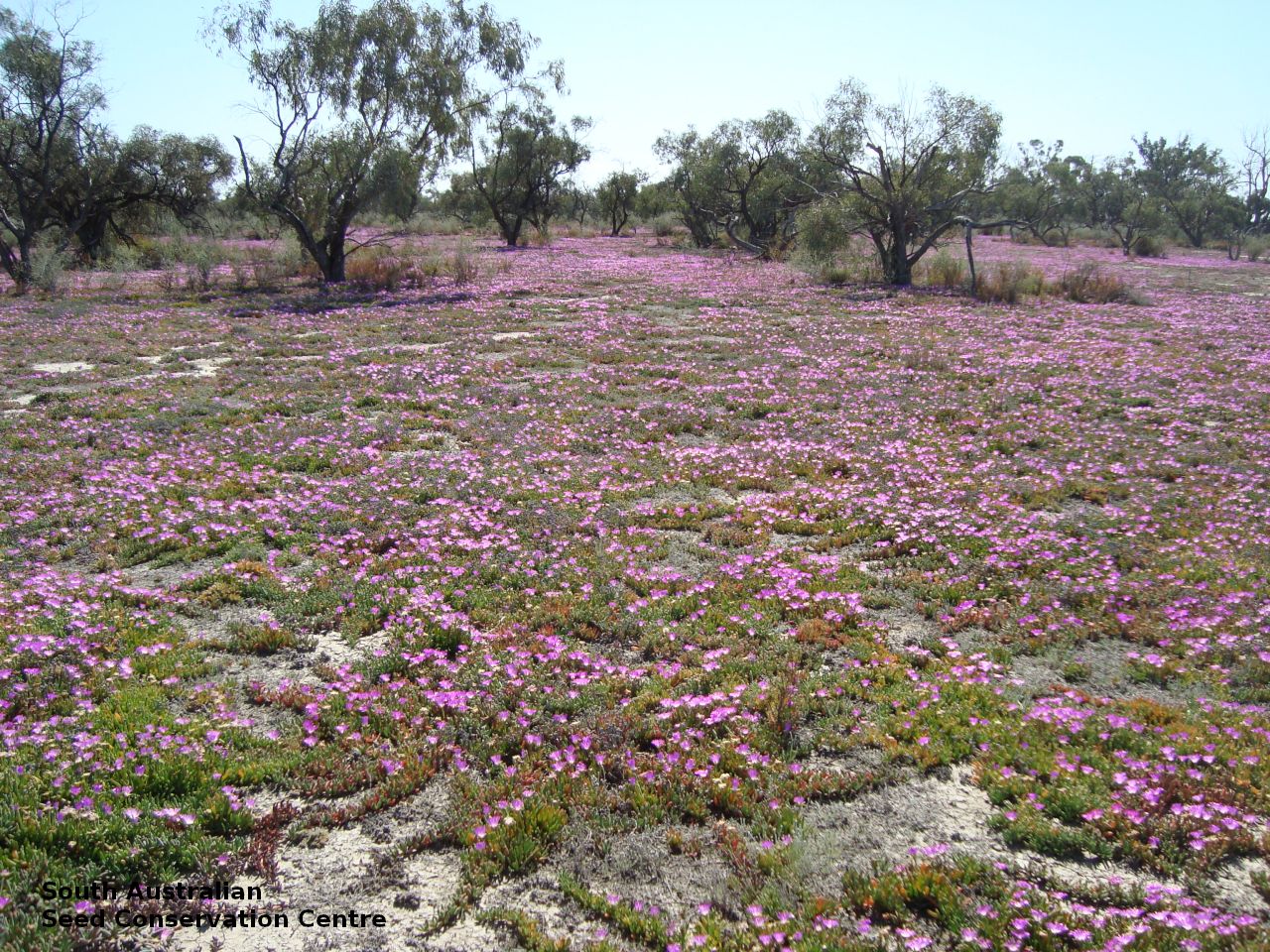
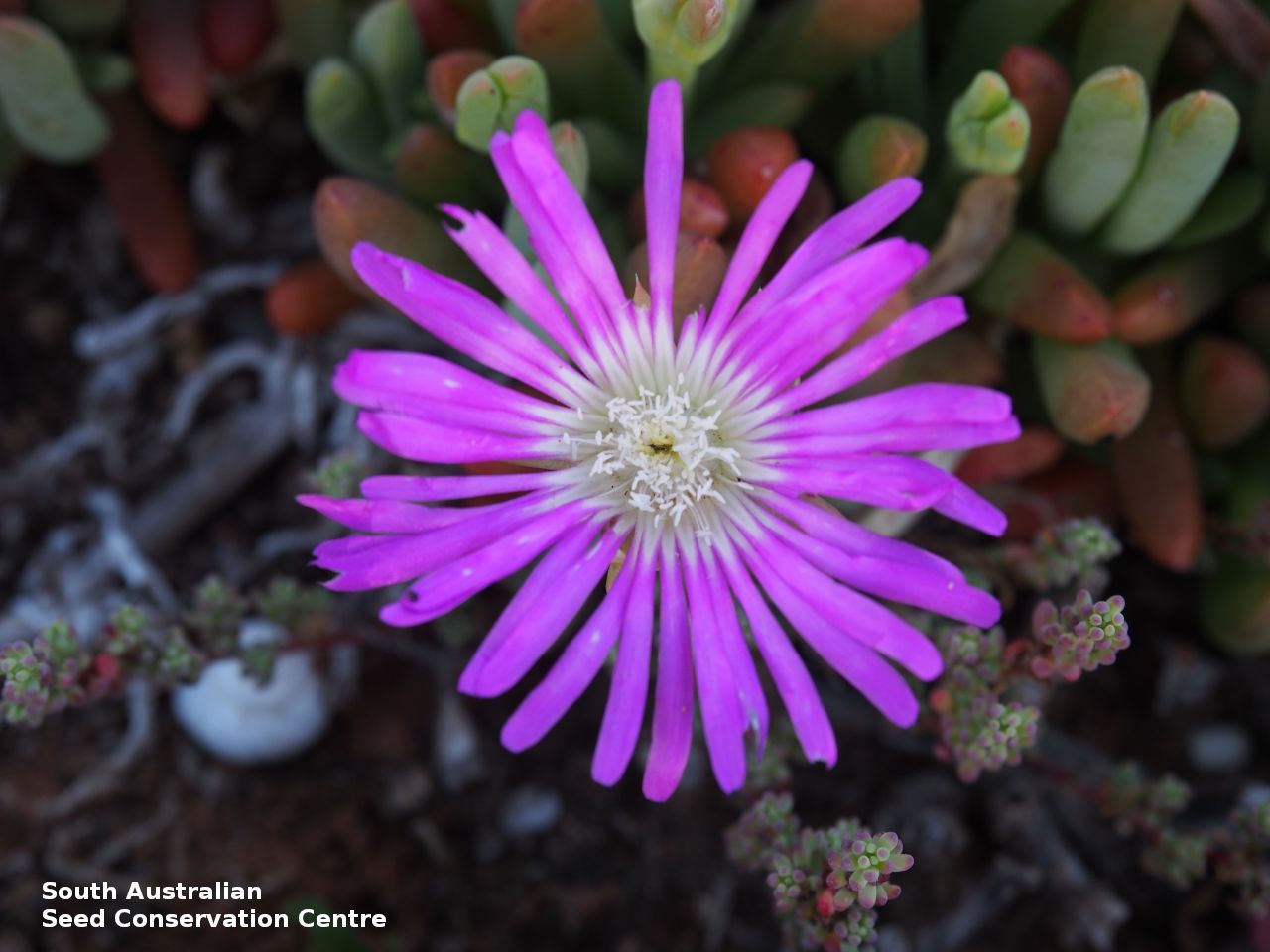
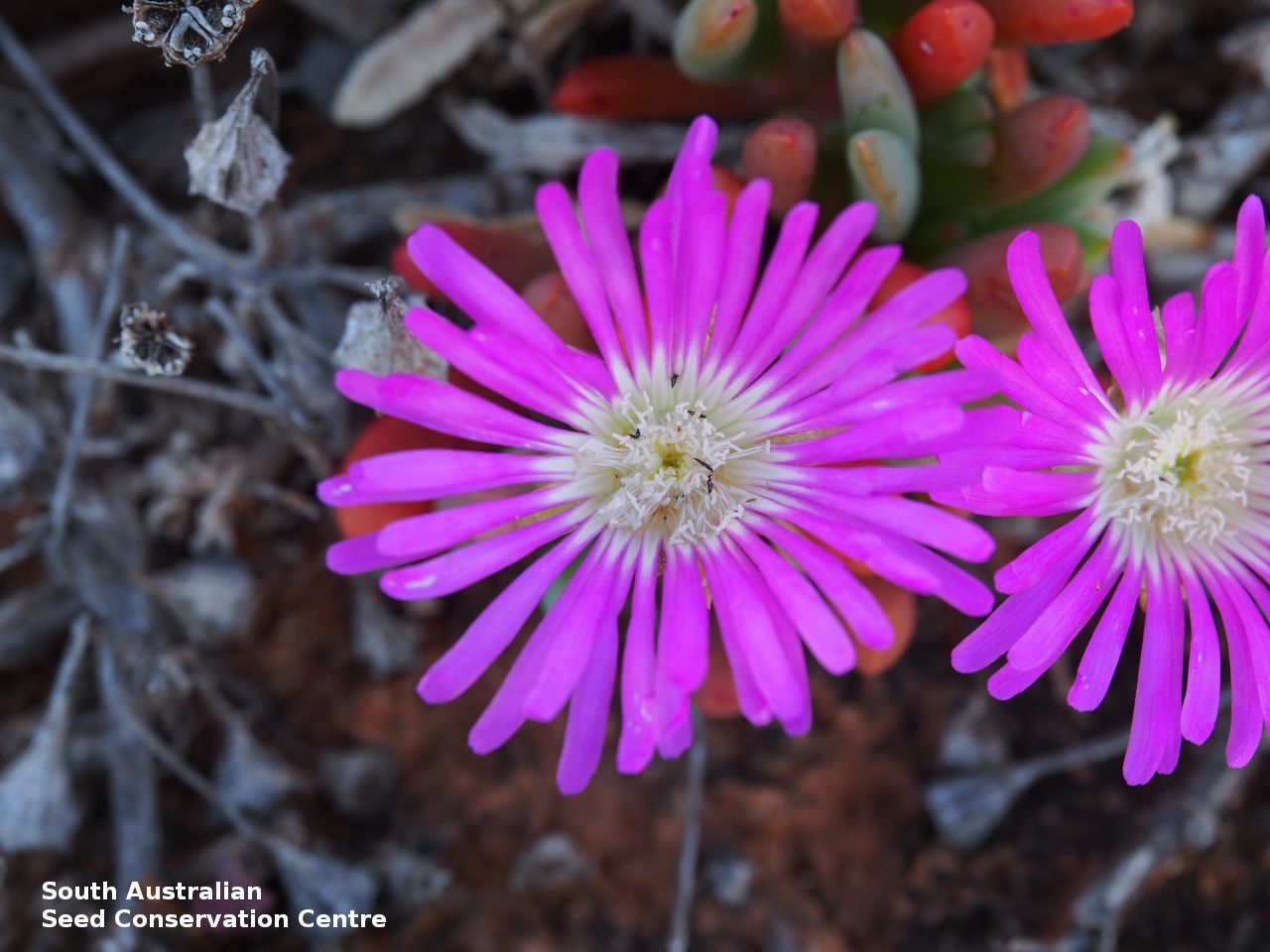
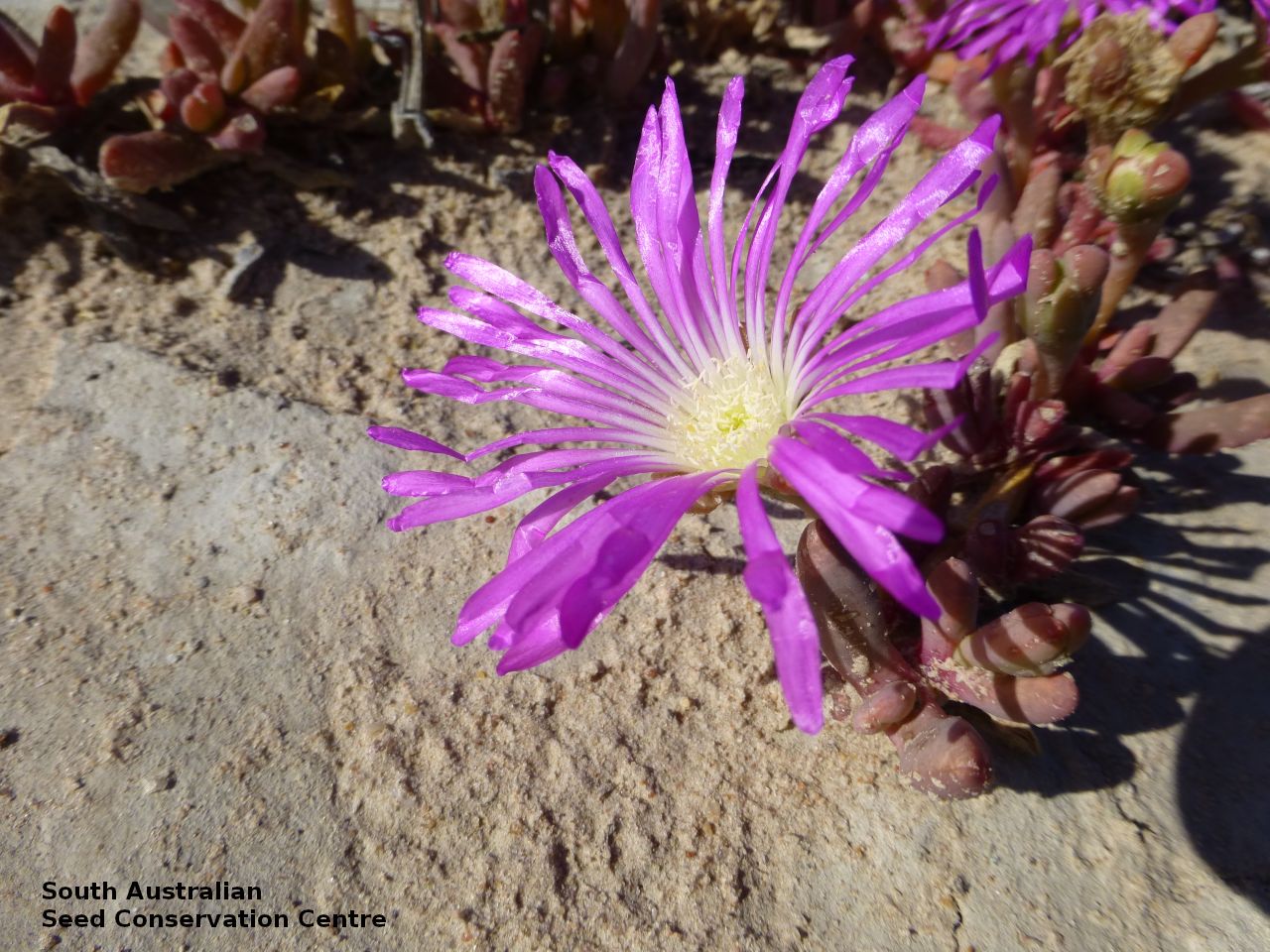
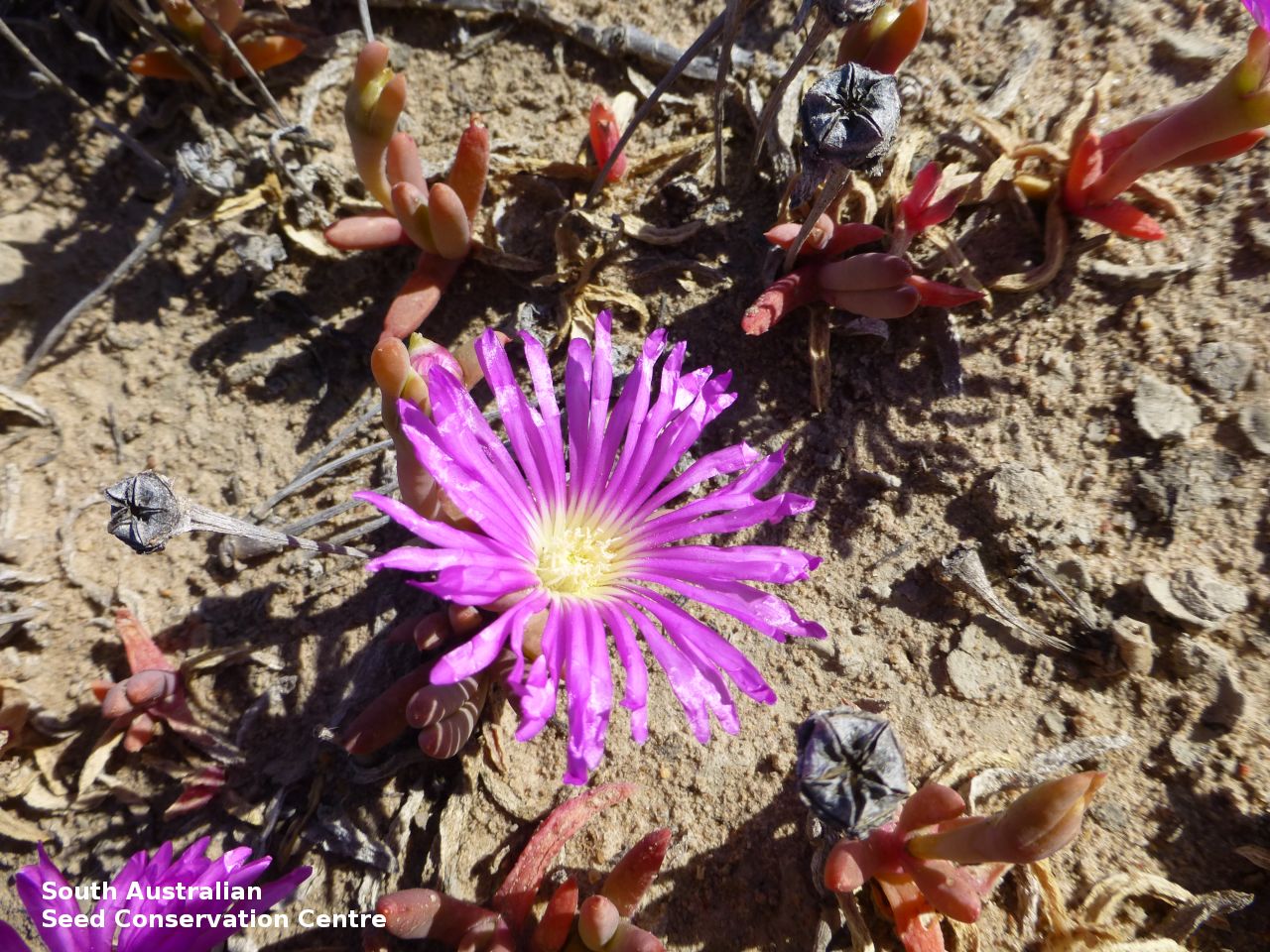
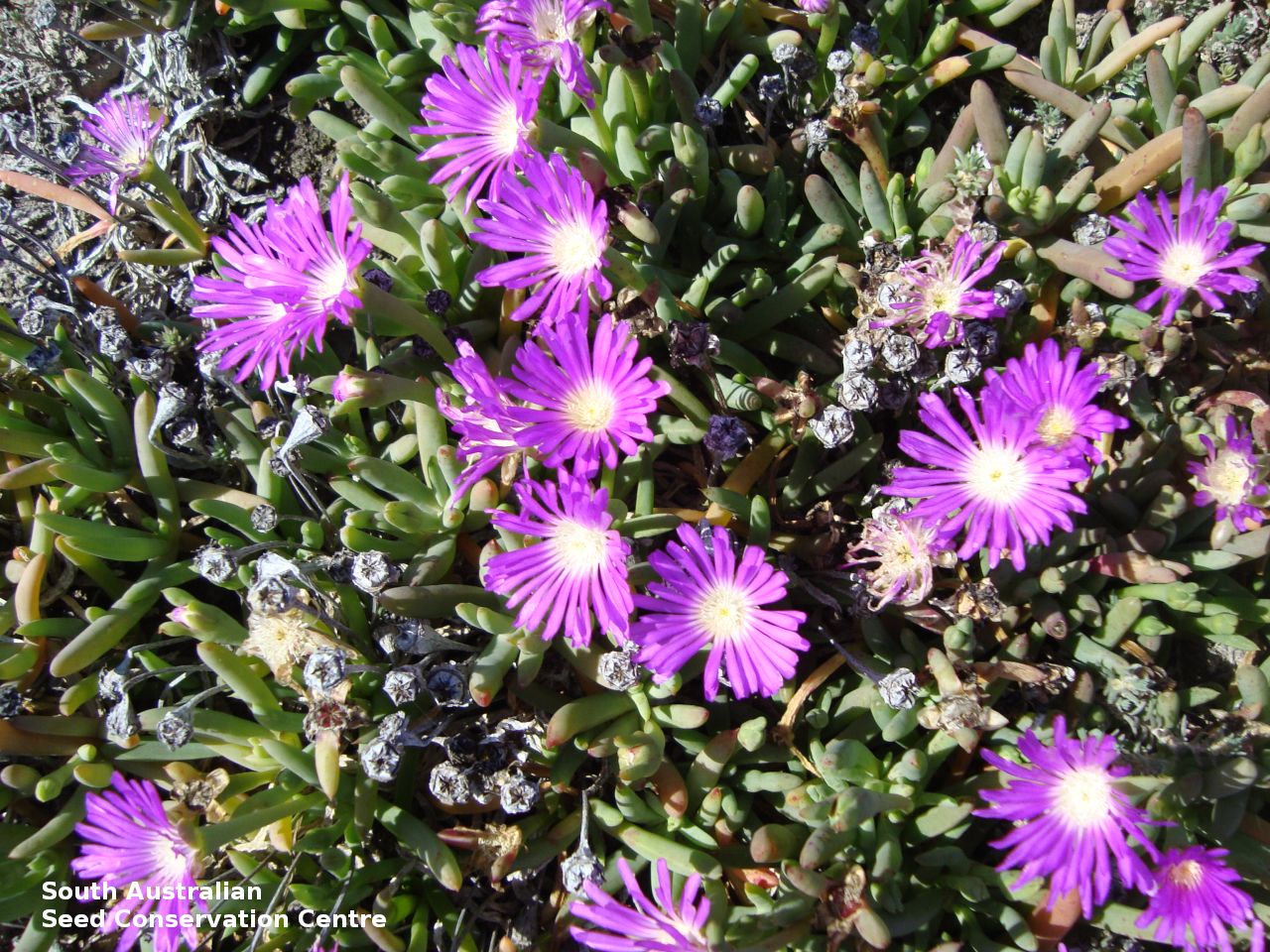
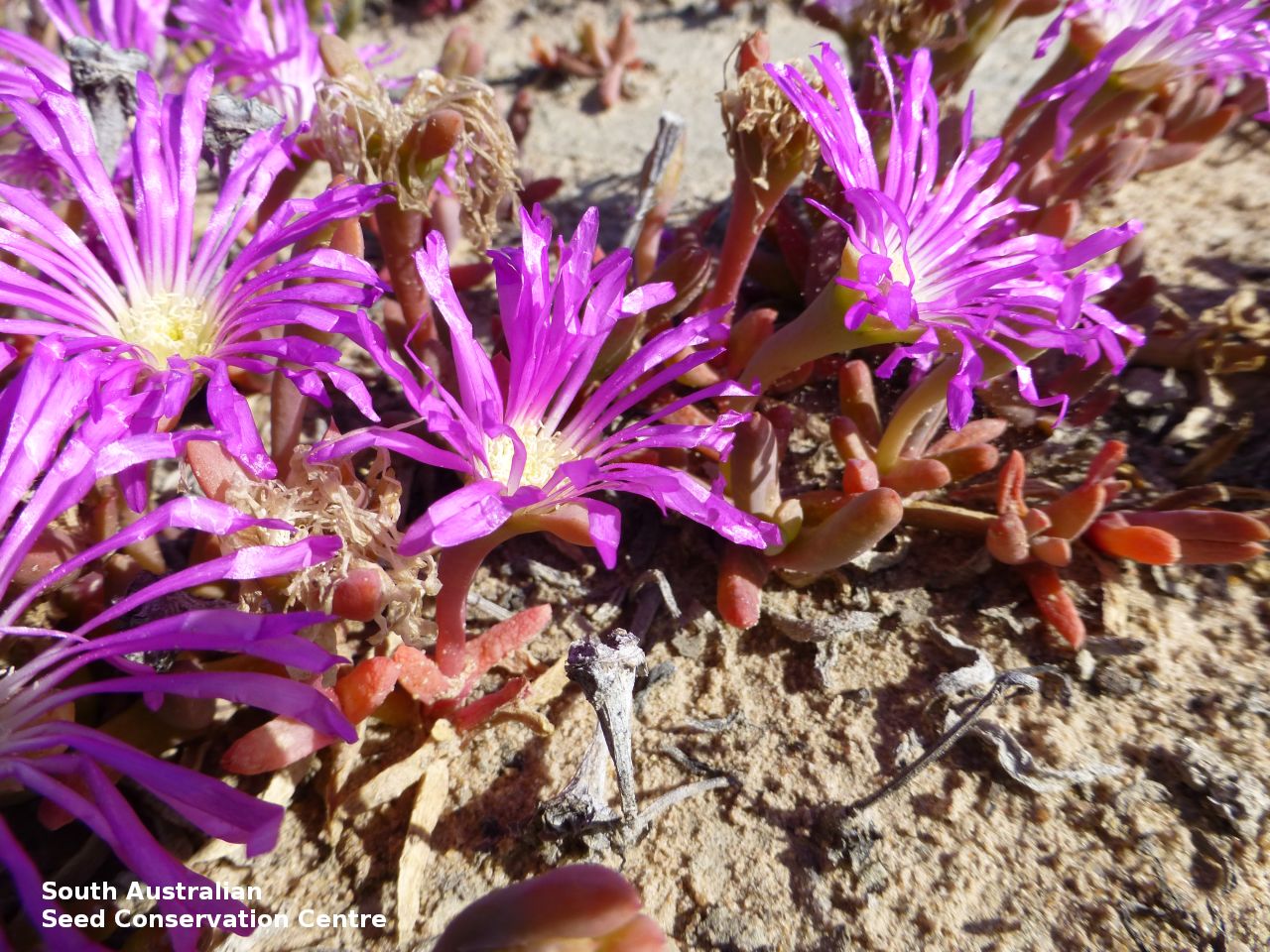
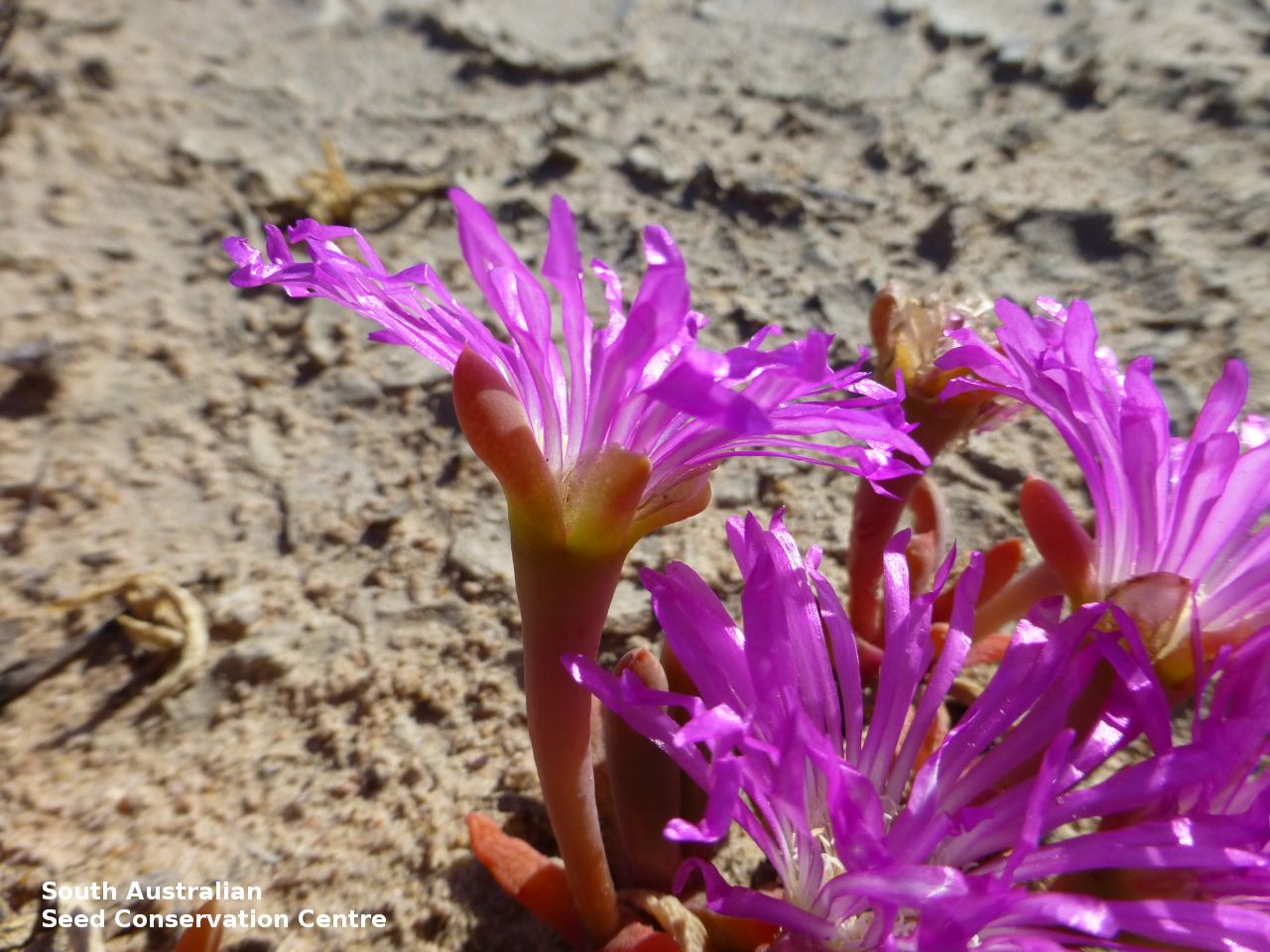
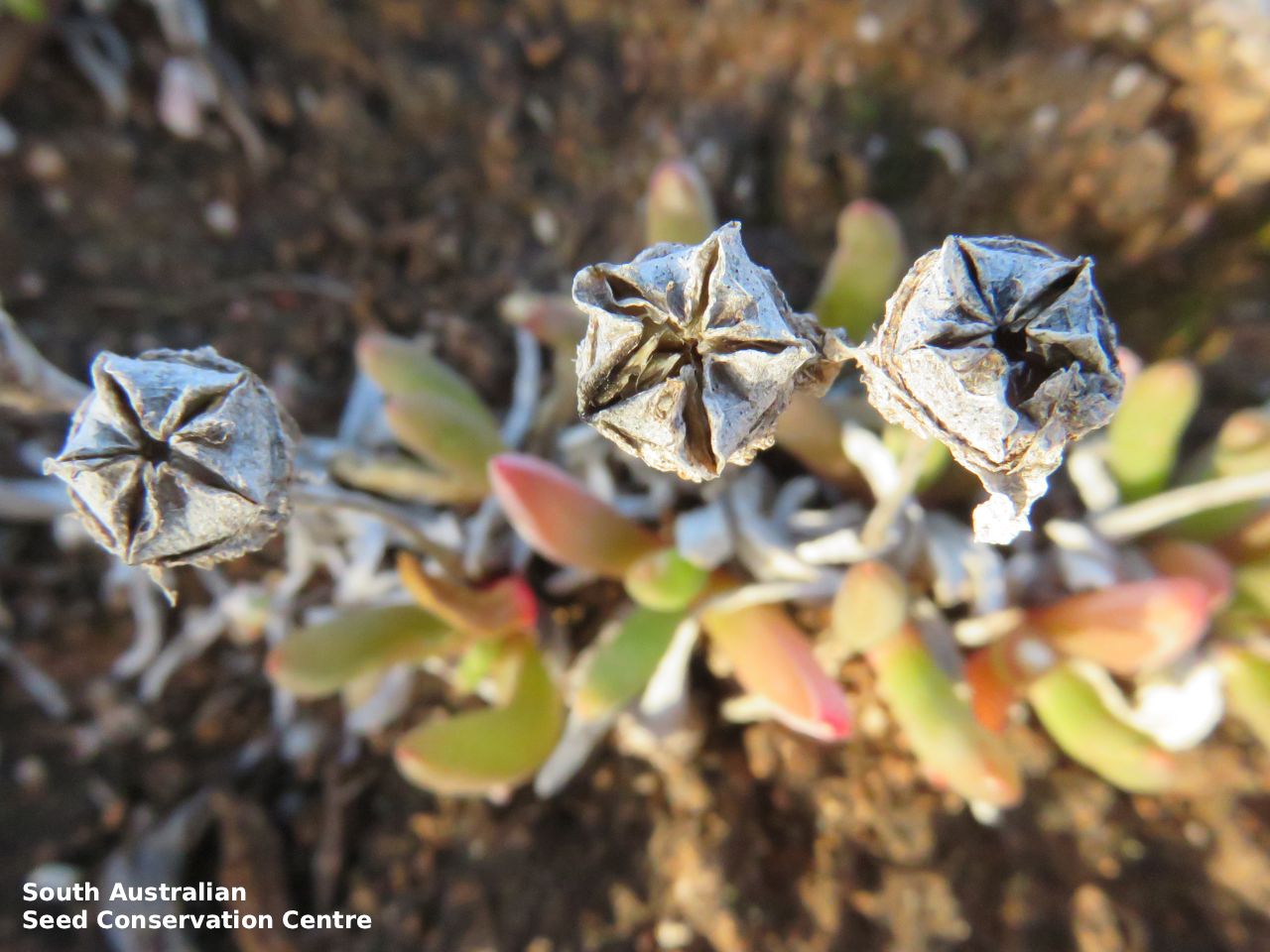
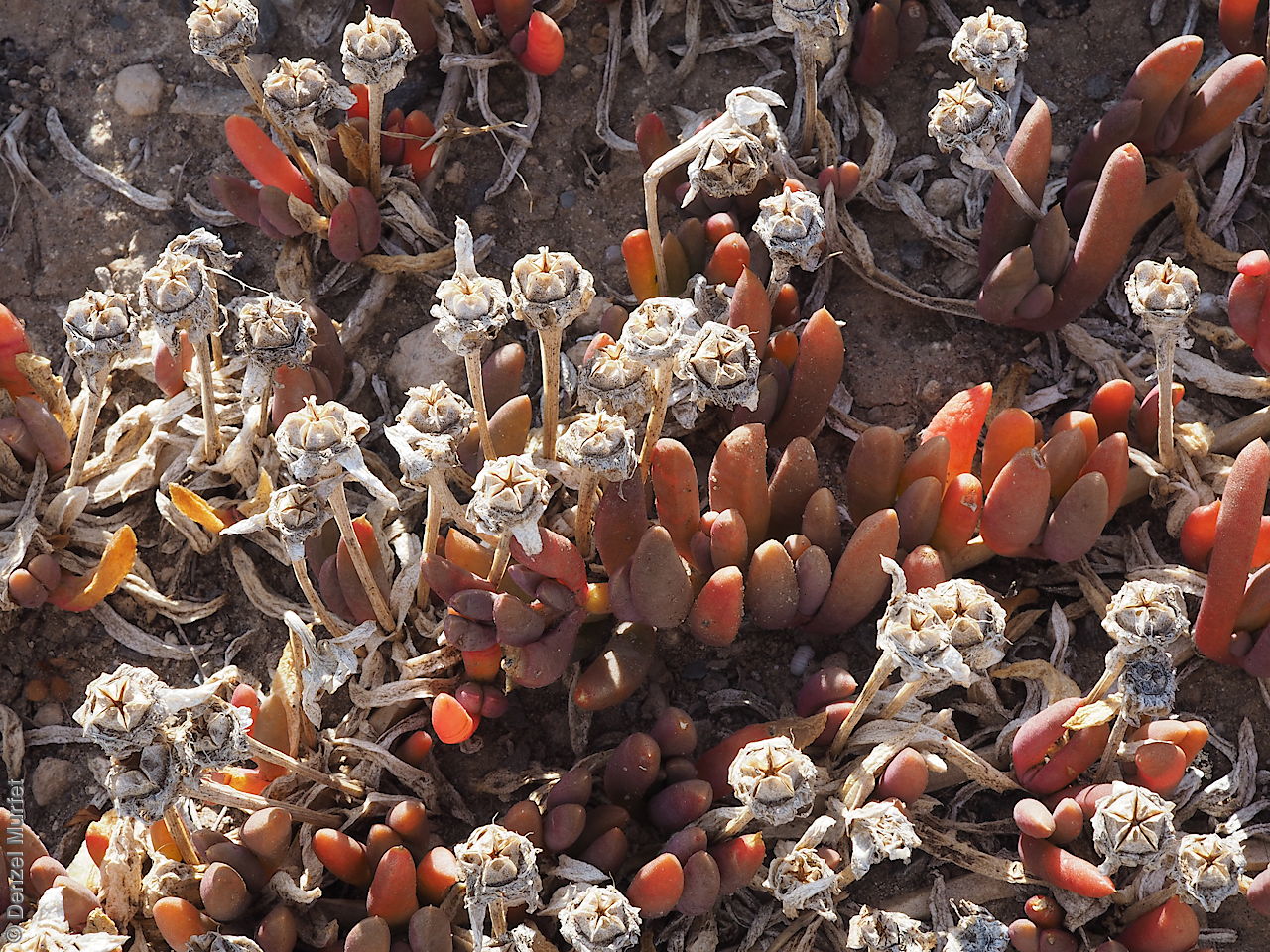
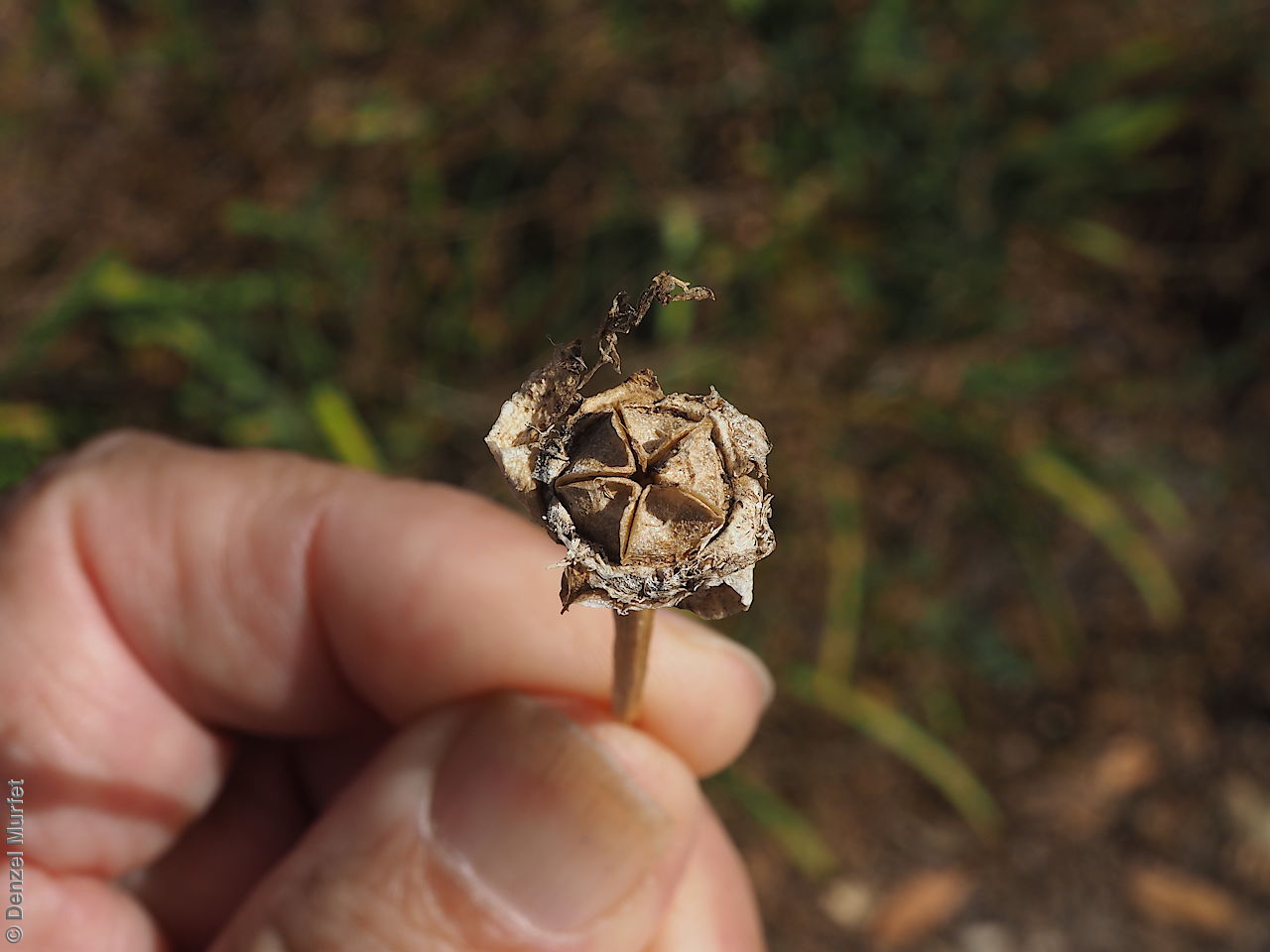
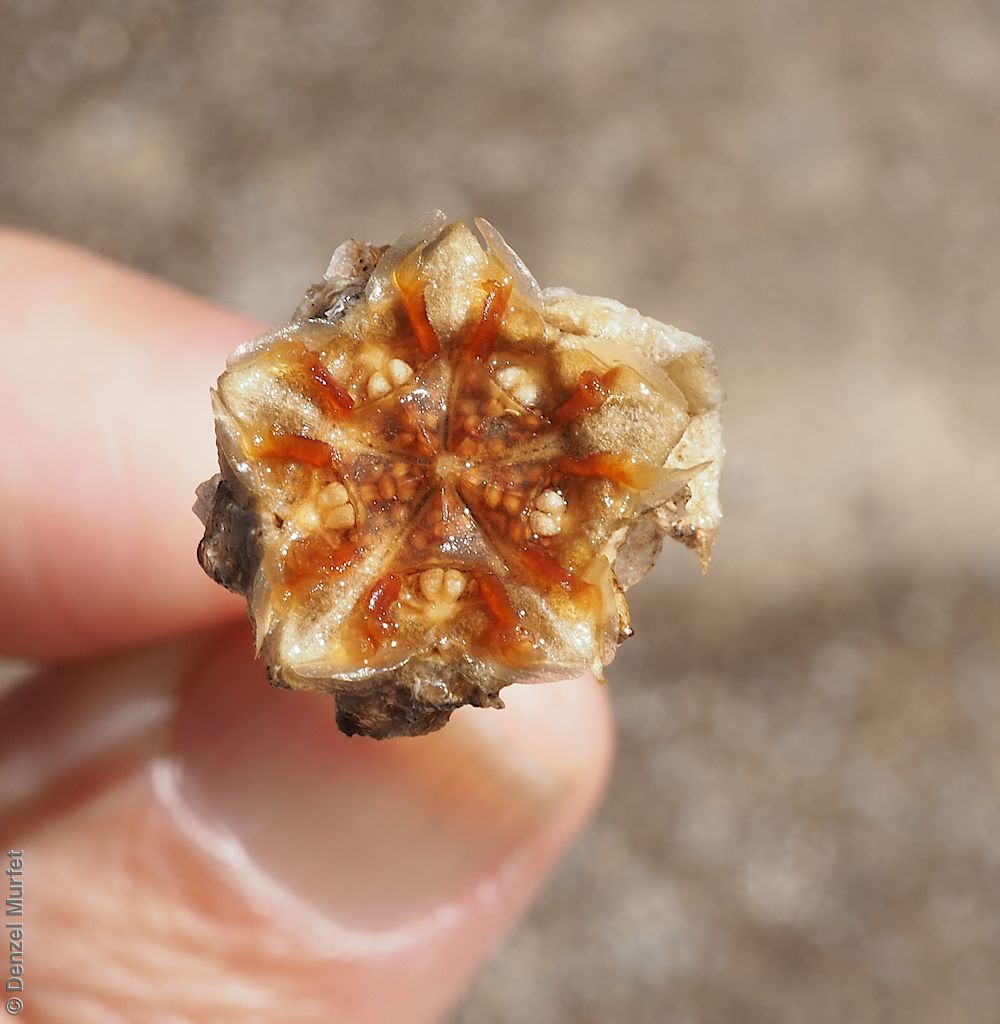
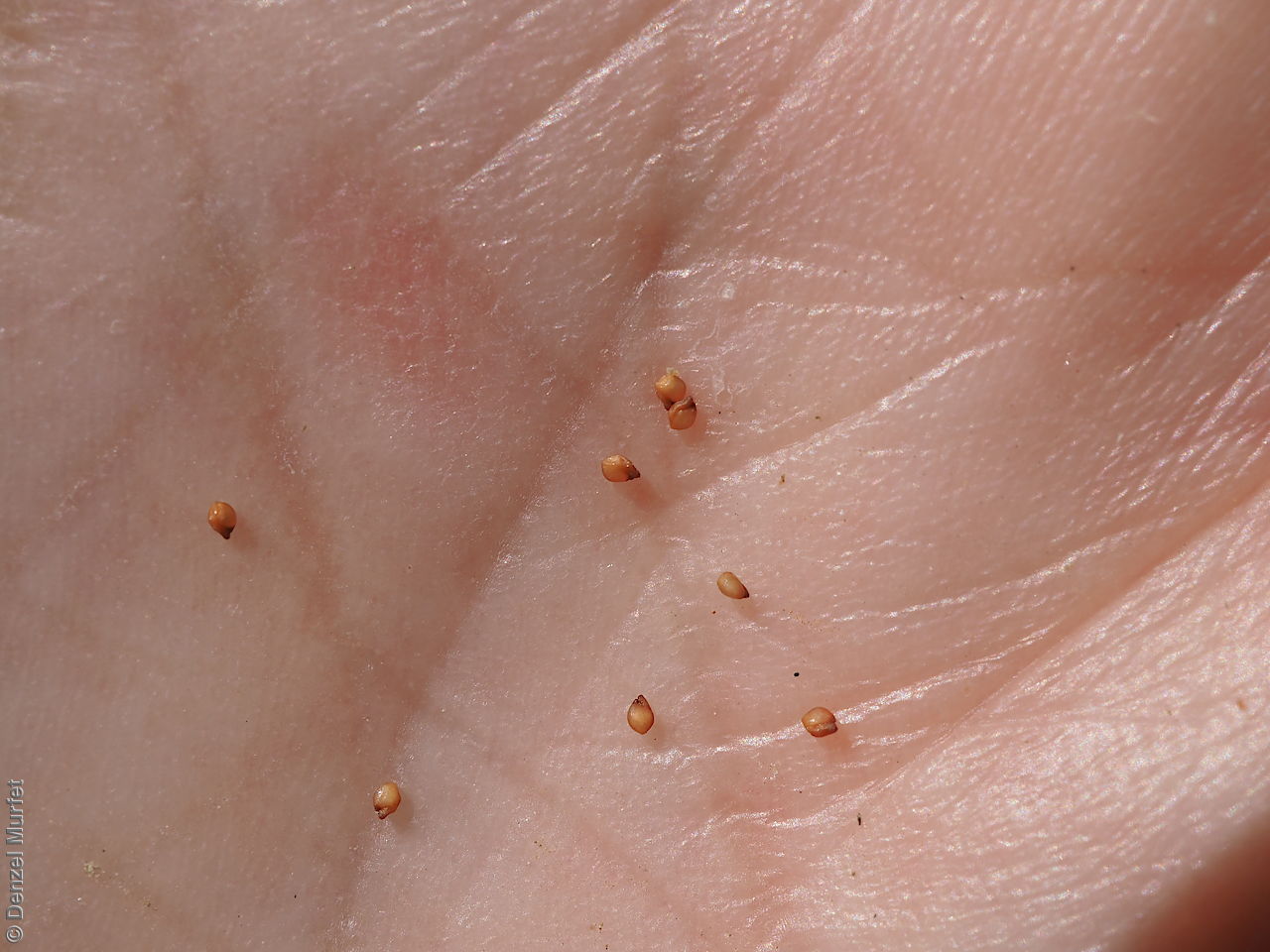
Regional Species Conservation Assessments per IBRA subregion.

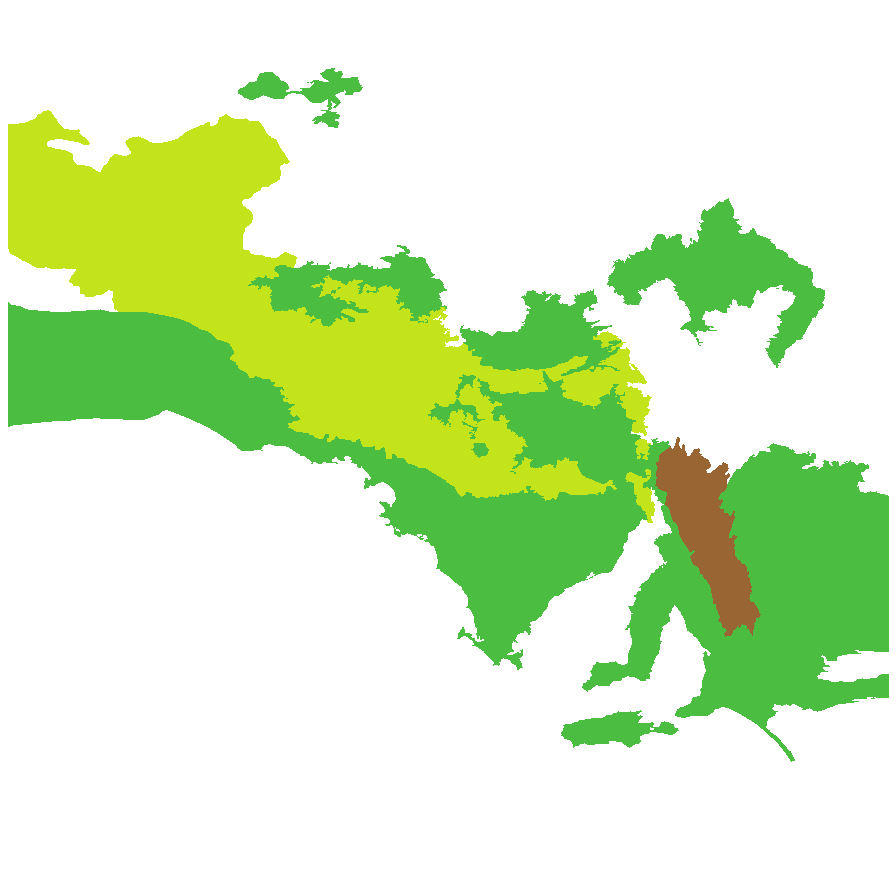
Least concern
Near threatened
Rare
Vulnerable
Endangered
Critically endangered
Extinct
Data deficient
Adelaide
Arkaroola
Ceduna
Coober Pedy
Hawker
Innamincka
Marla
Marree
Mount Gambier
Oodnadatta
Renmark
Wudinna
Keith
Yunta
Display IBRA region text
| Kangaroo Island (KAN01) | Kanmantoo | Least Concern |
| Fleurieu (KAN02) | | Least Concern |
| Mount Lofty Ranges (FLB01) | Flinders Lofty Block | Least Concern [stable habitat; used in reveg] |
| Broughton (FLB02) | | Rare (IUCN: RA d(ii)) [Edge of range] |
| Olary Spur (FLB03) | | Least Concern [limited suitable habitat] |
| Southern Flinders (FLB04) | | Rare (IUCN: RA d(ii)) |
| Southern Yorke (EYB01) | Eyre Yorke Block | Least Concern |
| St Vincent (EYB02) | | Least Concern |
| Eyre Hills (EYB03) | | Least Concern [likes samphire, tolerates high salinity] |
| Talia (EYB04) | | Least Concern [likes samphire, tolerates high salinity] |
| Eyre Mallee (EYB05) | | Least Concern [likes samphire, tolerates high salinity] |
| South Olary Plain (MDD01) | Murray Darling Depression | Least Concern [grows on edge of salt lakes] |
| Murray Mallee (MDD02) | | Least Concern [grows on edge of salt lakes] |
| Murray Lakes and Coorong (MDD03) | | Least Concern [likes salinity] |
| Braemer (MDD07) | | Least Concern [limited suitable habitat] |
| Murray Scroll Belt (RIV06) | Riverina | Least Concern [grows on edge of salt lakes] |
| Myall Plains (GAW01) | Gawler | Least Concern [likes samphire, tolerates high salinity] |
| Gawler Volcanics (GAW02) | | Near Threatened |
| Gawler Lakes (GAW03) | | Least Concern [likes samphire, tolerates high salinity] |
| Arcoona Plateau (GAW04) | | Near Threatened |
| Kingoonya (GAW05) | | Near Threatened |
| Roxby (GAW07) | | Least Concern [in lagoons & around lakes; undercollected; difficult to collect] |
| Commonwealth Hill (GAW08) | | Least Concern [in lagoons & around lakes; undercollected; difficult to collect] |
| Maralinga (GVD03) | Great Victoria Desert | Near Threatened |
| Yellabinna (GVD06) | | Near Threatened |
| Nullarbor Plain (NUL02) | Nullarbor | Least Concern [likes samphire, tolerates high salinity] |
| Yalata (NUL03) | | Least Concern [likes samphire, tolerates high salinity] |
| Hampton (HAM01) | Hampton | Least Concern [likes samphire, tolerates high salinity] |
| Murnpeowie (STP03) | Stony Plains | Least Concern [(no records) in lagoons & around lakes; undercollected; difficult to collect] |
| Everard Block (CER03) | Central Ranges | Least Concern [in lagoons & around lakes; undercollected; difficult to collect] |
| 2 of 2 subregions | Kanmantoo | Least Concern |
| 4 of 6 subregions | Flinders Lofty Block | Least Concern , Rare |
| 5 of 5 subregions | Eyre Yorke Block | Least Concern |
| 4 of 6 subregions | Murray Darling Depression | Least Concern |
| Murray Scroll Belt (RIV06) | Riverina | Least Concern [grows on edge of salt lakes] |
| 7 of 8 subregions | Gawler | Least Concern , Near Threatened |
| 2 of 4 subregions | Great Victoria Desert | Near Threatened |
| 2 of 3 subregions | Nullarbor | Least Concern |
| Hampton (HAM01) | Hampton | Least Concern [likes samphire, tolerates high salinity] |
| Murnpeowie (STP03) | Stony Plains | Least Concern [(no records) in lagoons & around lakes; undercollected; difficult to collect] |
| Everard Block (CER03) | Central Ranges | Least Concern [in lagoons & around lakes; undercollected; difficult to collect] |
Botanical art
Kath Alcock paintings: 6
Prior names
Mesembryanthemum crassifolium
Mesembryanthemum clavellatum
Disphyma clavellatum
Disphyma blackii
Disphyma australe
Common names
Rounded Pig-face
Round-leaf Pigface
Rounded Noon-flower
Etymology
Disphyma from the Greek 'dis' meaning twice and 'phyma' meaning a tubercle, tumour, referring to the double lumps at the ovary apex. Crassifolium from the Latin 'crassus' meaning thick and 'folium' meaning a leaf, referring to the species' succulent leaves. Clavellatum from the Latin 'clavellatus' meaning little-clubbed, referring to the shape of the fruit.
Distribution and status
Found in central South Australia growing on saline soils inland and on rocky areas along the coast. Also found in Western Australia, Queensland, New South Wales, Victoria and Tasmania. Native. Common in South Australia. Rare in Queensland. Common in the other States.
Herbarium regions: North Western, Nullarbor, Gairdner-Torrens, Flinders Ranges, Eastern, Eyre Peninsula, Northern Lofty, Murray, Yorke Peninsula, Southern Lofty, Kangaroo Island, South Eastern, Green Adelaide
NRM regions: Adelaide and Mount Lofty Ranges, Alinytjara Wilurara, Eyre Peninsula, Kangaroo Island, Northern and Yorke, South Australian Arid Lands, South Australian Murray-Darling Basin, South East
AVH map: SA distribution map (external link)
Plant description
Prostrate annual or short-lived perennial with stems to 1 m long. Leaves clustered along the stems, smooth except on margins and k; green-tinged reddish or red, to 50 mm long and 10 mm wide. Flowers daisy-like to 50 mm in diameter on long stalk to 30 mm long; purple above, white below. Flowering between October and February. Fruits are fleshy, plump red fruit to 12 mm diameter; succulent at first, becoming dry and hardened. Seed embryo type is peripheral.
Seed collection and propagation
Collect seeds between January and April. Collect mature fruits, those that are fat and turning red with brown seeds inside or those that are brown, dried and hardened. Break open the fruits and wash the content in water. Drain the liquid leaving behind the seeds. Place the wet seeds onto paper towels and leave to dry. Store the seeds with a desiccant such as dried silica beads or dry rice, in an air tight container in a cool and dry place. Seeds are non-dormant, viable seed should germinate readily without any treatment.














